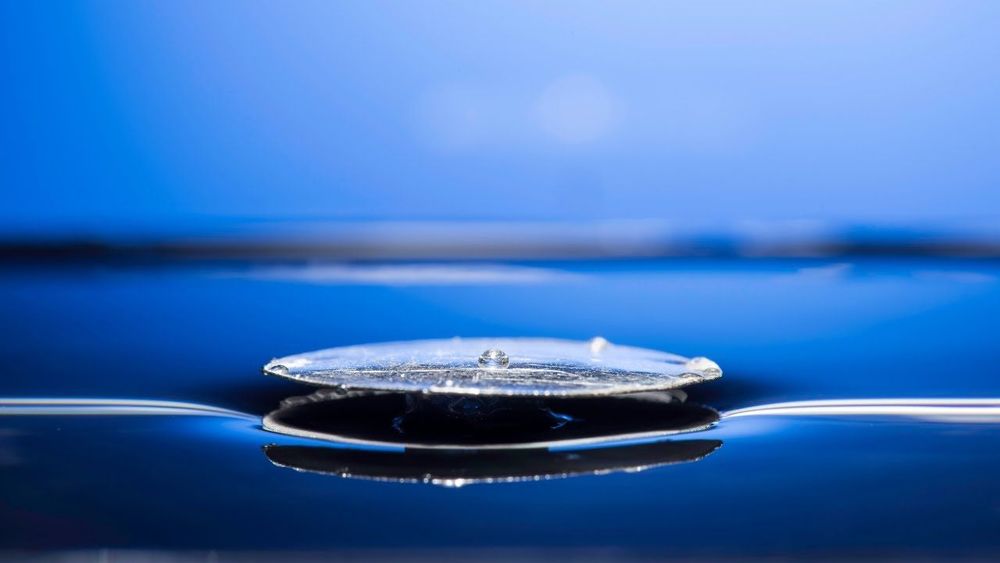Superhydrophobic materials, which are excellent at repelling water, can be extremely useful for a whole range of reasons, both obvious and not-so-obvious. They can prevent ice from building up on surfaces, make electronics waterproof, make ships more efficient or keep people from peeing in public. Now engineers have found a quirky new use for superhydrophobic materials – making “unsinkable” metals that stay floating even when punctured.
Superhydrophobic materials get their water-repelling properties by trapping air in complex surfaces. These air bubbles make it hard for water to stick, so droplets instead bounce or roll right off. But, of course, air also makes things buoyant, so the team set out to test how superhydrophobic materials could be used to make objects that float better.
The researchers used ultra-fast laser pulses to etch microscale and nanoscale patterns onto the surfaces. That traps large volumes of air, making the metals both superhydrophobic and buoyant. But the problem was that these complex surfaces would eventually wear away due to friction in the water, reducing the effectiveness of both of those properties.
